How the food industry fakes products
Categories: Food and Drinks
By Pictolic https://pictolic.com/article/how-the-food-industry-fakes-products.htmlThe food industry, apparently, will never tire of surprising us with ingenuity, especially when it comes to creating fake products. Here are a few facts to prove it.
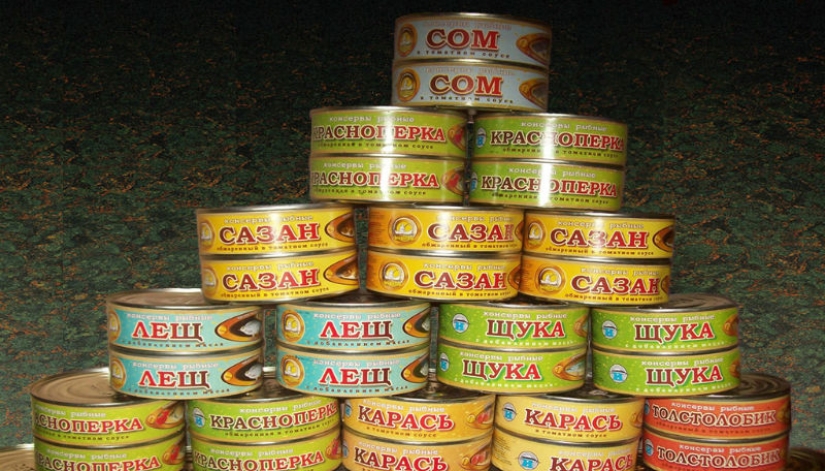
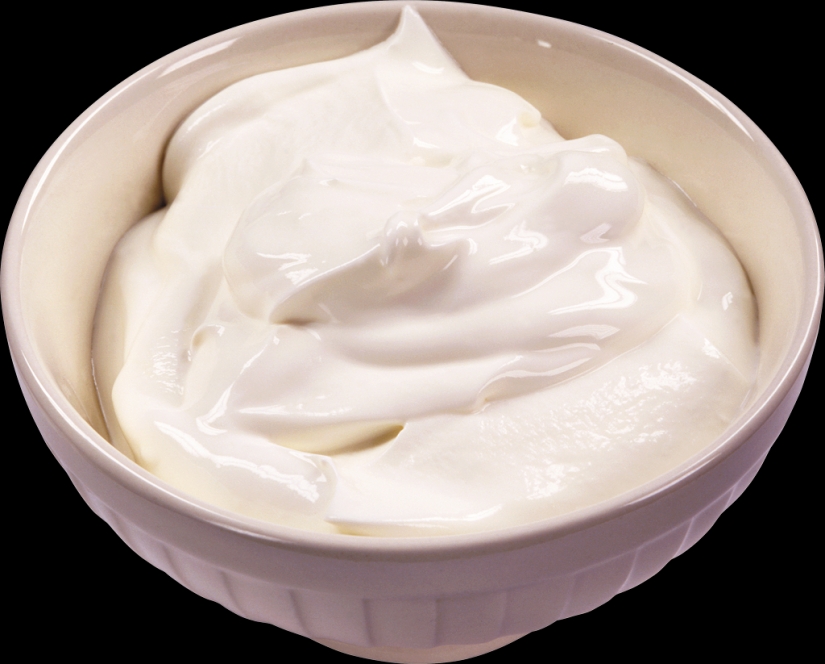
Sour cream-fake
One of the most popular fermented milk products. Today, stores offer us sour cream of different fat content, but they are silent about the fact that it has long ceased to be real sour cream. We buy a substance that looks and tastes like it. What do we really eat? Animal fat is replaced with vegetable fat, milk protein is replaced with soy, and soy is genetically modified. A flavor additive is added, and on the shelves.
Sour cream is very useful, it is quickly absorbed by the body, but this applies to sour cream prepared in the classic way, i.e. exclusively from cream and sourdough. And such sour cream today on the shelves is quite difficult to find. How to check the naturalness of the product? Very simple: you need to dissolve a teaspoon of sour cream in a glass of boiling water. The fake will precipitate, and the real one will completely dissolve.
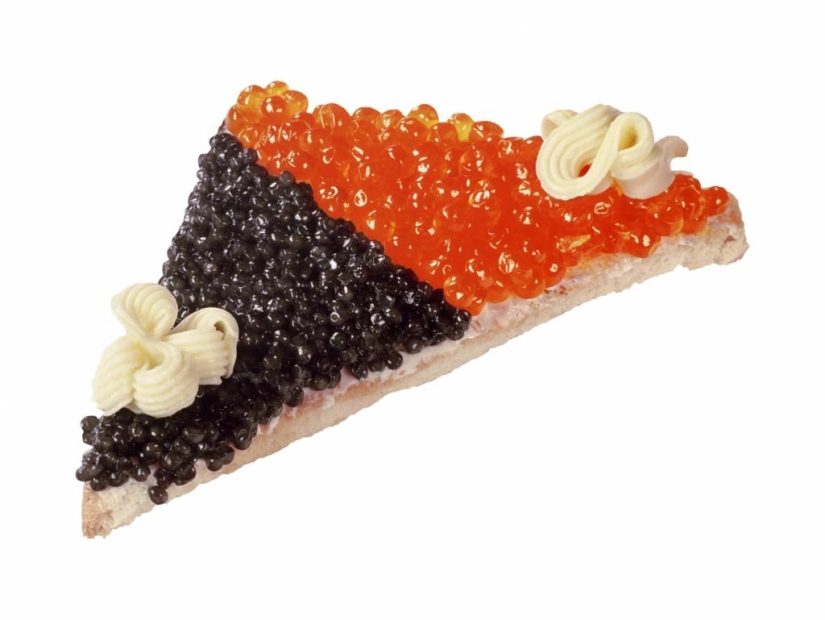
Caviar-fake
In Russia, caviar began to be served to the table more than 300 years ago. Peter I kept 50 special fishermen who delivered caviar to the royal court.
Today, this delicacy, rich in iodine, is not available to everyone because of the high price. Therefore, they learned to fake red and black caviar. They make it from seaweed, and the taste of such caviar gives off gelatin. But even if the caviar has the smell of fish, and the eggs are the right shape and the right color, all this does not prove their naturalness. Natural caviar bursts when squeezed and has a bitter taste, and the fake is simply chewed. In natural caviar, the eggs should be whole, the liquid should be quite a bit. If the salt in the caviar is less than the prescribed amount, it may not live up to the end of the implementation period.
The shelf life of caviar after the catch is three days, which is why manufacturers add preservatives to extend the period. The best caviar is packaged in cans from July to September — at this time, salmon spawn and it is more likely that the manufacturer used a minimum of preservatives.
Checking the naturalness of caviar: if you throw a real egg in a container with boiling water, the protein will begin to curl, leaving a white plume in the water, and the egg itself will remain intact. Artificial caviar in boiling water after some time will lose its shape and begin to dissolve.
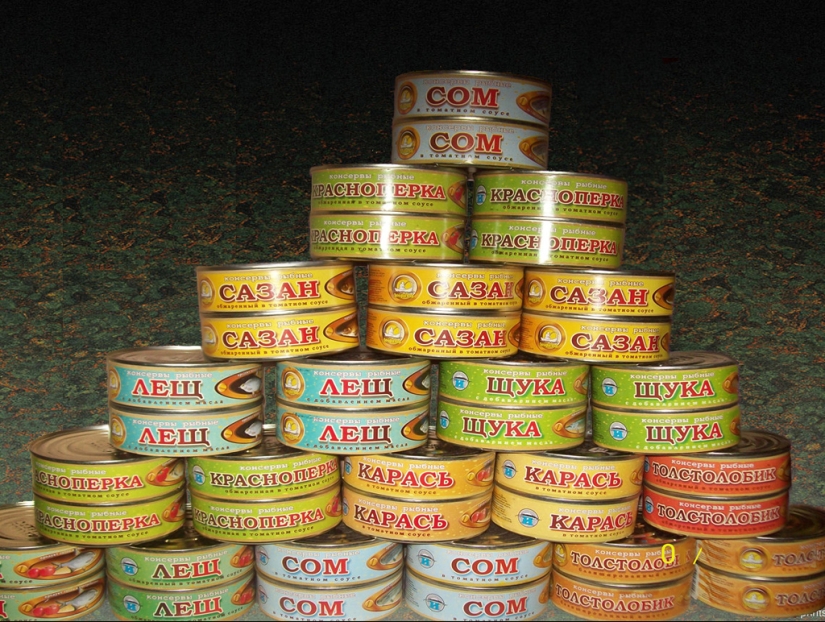
Canned food
Problems that the buyer may face:
Preservatives. The use of preservatives began in ancient times. People have always wanted to extend the life of products. Salt, honey, wine. Later replaced with wine vinegar and ethyl alcohol. Also, to preserve products from spices, essential oils were isolated. Everything would be fine if natural preservatives were not replaced with synthetic ones.
They stop the formation of both harmful and beneficial bacteria in the product. Thanks to them, the shelf life of the product increases, the color and smell are preserved.
On the other hand, they can cause stomach upsets, changes in blood pressure, even cancer.
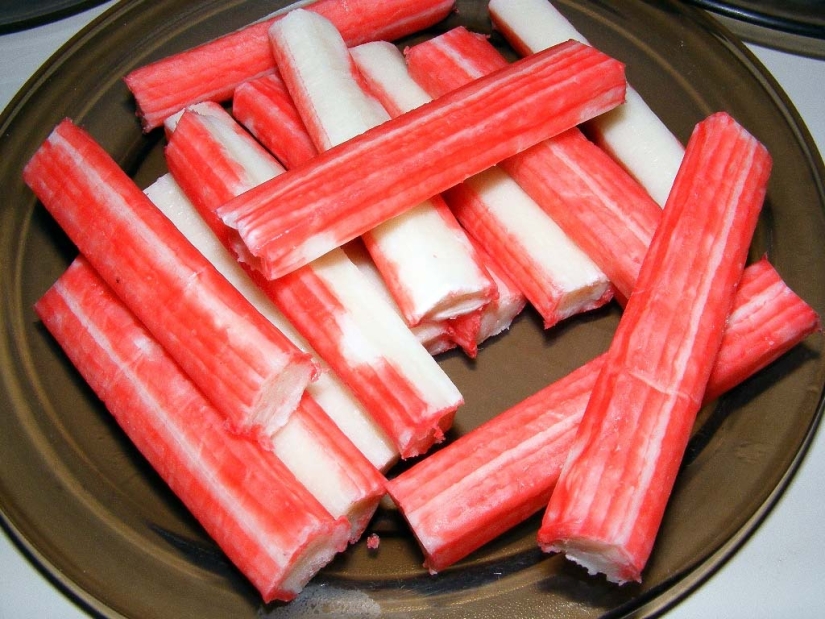
Crab sticks
Judging by the name — a delicacy. But all consumers have long known that there are no crabs in crab sticks. But few people know that most of the fish are not even there. Judging by the labels on the packaging, the composition of crab sticks includes starch, dyes, preservatives and surimi (minced fish).
As it turns out, the minced fish itself does not contain more than 10%. After the tests, the experts were not able to find out exactly what substances make up the remaining 90%.
After the publication of the results of such a study in the press, sales of crab sticks fell several times. The saddest thing is that the manufacturers do not tell the whole truth about the composition of "non-crab sticks". The conclusion is simple: crab sticks are a product with unknown components, and it is not just not worth eating, but absolutely not worth it.
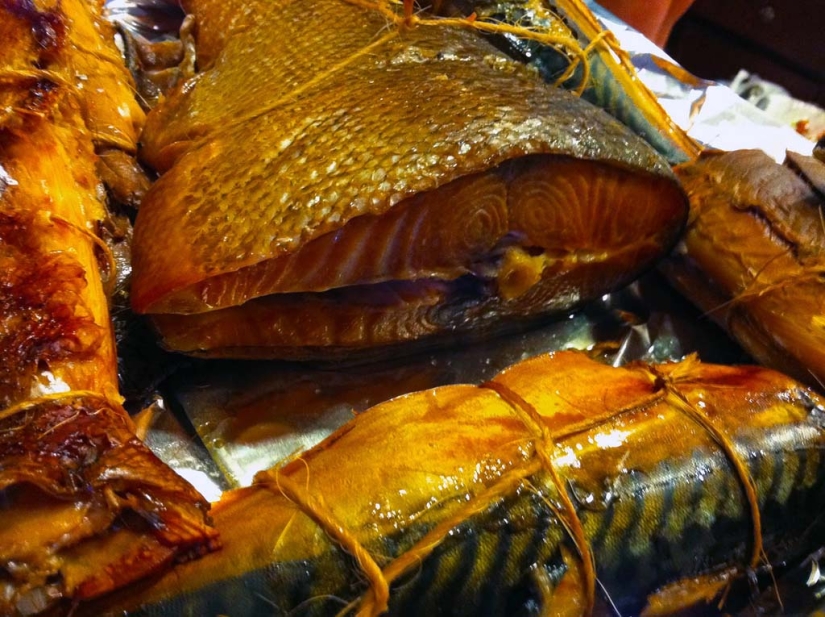
Smoked fish
Basically, it is made with liquid smoke — the strongest carcinogen, banned in many countries of the world.
The manufacturer claims that the main component of such a liquid is an extract from ordinary smoke. And the recipe for production is kept secret. Quickly smoke the fish is no longer a problem, you do not need a smokehouse or cherry sawdust.
Recipe. It's very simple: for half a liter of water, two tablespoons of salt and 50 grams of liquid smoke. We dip the fish and leave it in the refrigerator for two days. That's it, the smoked fish is ready. But what about the heat treatment that should kill botulism, cholera, salmonella, Staphylococcus and all kinds of worms? We are offered to buy all this bouquet of probabilities together with fish. It would be fair to call it not smoked fish, but "russkoruletochnoy" fish. The conclusion is one: if you want to live-just do not eat "ruskoruletochnuyu" fish.
It is also easy to distinguish it from a real smoked one. In real smoked fish, the cut meat has a yellowish tint, and fat of the same color is collected in the stomach area. Colored fish in the cut has the color of a simple herring and there is almost no fat release. Therefore, when buying smoked fish, ask the seller to cut it. And pay attention to the date of smoking, as with improper storage, the probability of harmful bacteria is greatly increased.
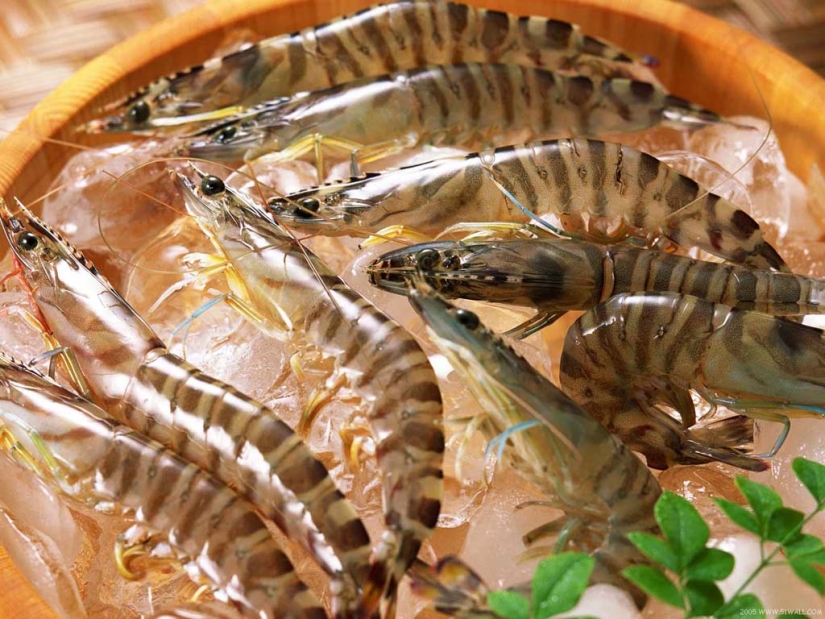
Shrimp
When we buy shrimp, we're actually buying water. They are frozen immediately after the catch: the shrimps are glazed with ice so that they do not break. The amount of ice in the shrimp is not specified by the manufacturers, because there are simply no norms for its amount. This increases the weight of the manufacturers by 10-40 percent.
The package also shows the caliber of shrimps, the essence of it is the number of shrimps per kilogram. But this is only true for unpeeled shrimp. These standards are violated by almost all manufacturers. Marine coastal plankton can accumulate heavy metals.
Quite a long time ago, we learned how to breed shrimps in the coastal zone. Shrimps grown individually contain antibiotics, which are added to the water so that the crustaceans do not get sick. An excess of antibiotics in the body causes allergic reactions, dysbacteriosis, and kills the microflora. Most often, levomycetin is used, which is very slowly excreted from the human body. Unfortunately, we do not yet have laws that regulate the presence of growth promoters or antibiotics in shrimp.
The presence of antibiotics in shrimps cannot be detected by eye. Therefore, when buying, look for "Atlantic" shrimps, that is, caught in the sea, they contain much less antibiotics.
Conclusion: shrimps are very likely to contain antibiotics, so it is advisable to limit the use of shrimps to several times a month. Especially if the shrimp producer is questionable.
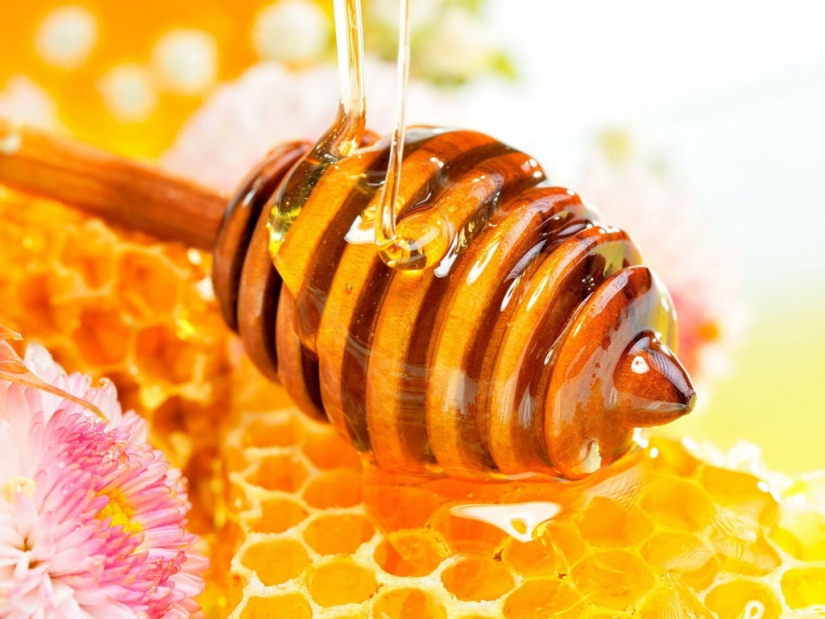
Most of the honey, soy sauce, and spices in stores are fake
Most honey market participants around the world buy honey of questionable quality in China. In Chinese honey, the pollen is usually filtered out — this is done to mask its origin. Therefore, the resulting substance can not be called honey with full right.
Soy sauce is also mostly fake, although it would seem that soy itself is quite affordable. Here the whole point is that the production process of this soy sauce is too long and time-consuming. Therefore, many enterprising manufacturers decided to refocus on the "precocious" imitation, which is prepared in three days, and stored incomparably longer.
But the worst thing, perhaps, is the case with saffron. This is an expensive treat, no wonder it is called the king of spices. For a kilogram of real saffron, you will have to pay about twenty thousand dollars. This is impressive, considering that most manufacturers who claim to sell only the highest quality spices actually have ten percent or so in each package of saffron. The rest is worthless shredded plants.
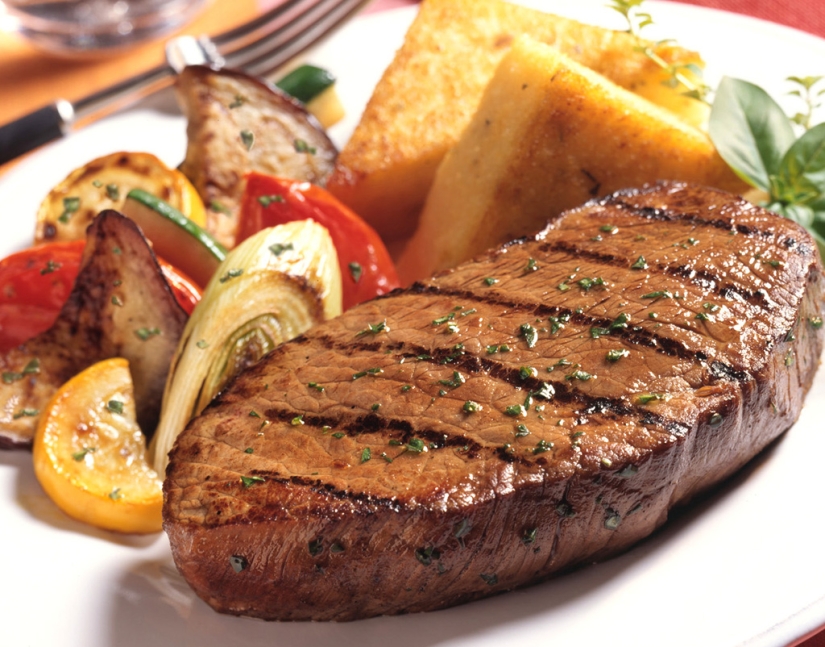
With the help of a special glue from meat scraps, you can make one large and appetizing steak
The substance that sticks together pieces of meat is called "transglutaminase", or simply"meat glue". This enzyme allows fashionable chefs to give an already prepared meat dish or crab patty some intricate shape.
Another application of transglutaminase is much less harmless. In large-scale meat production, there are always a lot of pieces and scraps that are suitable only for animal feed. And thanks to transglutaminase, lean entrepreneurs can glue any waste from meat production into one whole and avoid financial losses. Moreover, it is very difficult for a simple consumer to distinguish such a mosaic from an ordinary piece of meat.
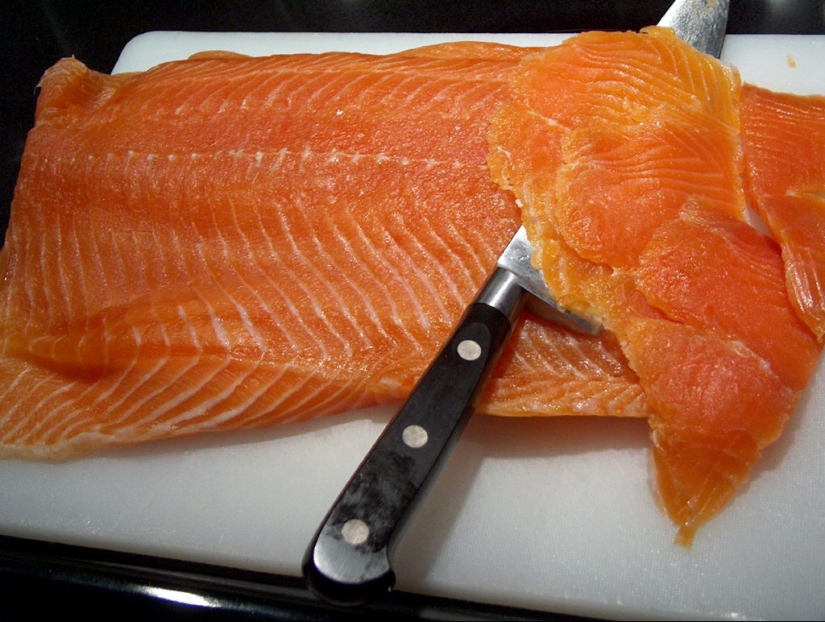
Salmon is painted pink
The real color of salmon (trout, salmon), which lies on the shelves of our stores — is pale gray. Now it is mainly grown artificially — on farms, where this unfortunate fish is deprived of natural food and lives in such close quarters that it is practically unable to move.
To give the fish a beautiful pink color, manufacturers, as you can easily guess, stuff it with special coloring preparations. These salmon pills are made even in different shades-to suit the different tastes of the owners of fish farming enterprises.
Today, about 95% of Atlantic salmon is grown on farms, and almost all of it is colored.
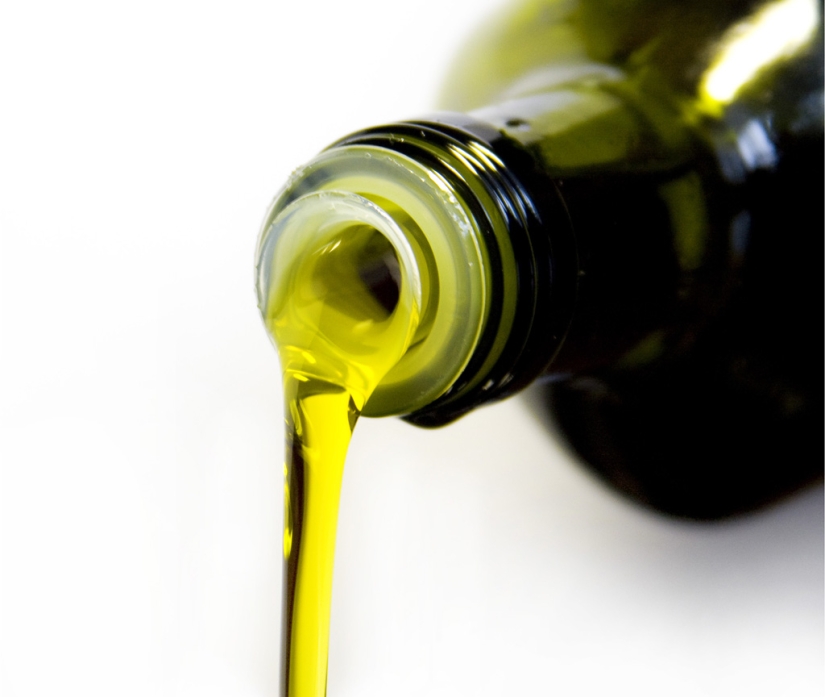
The Italian mafia is engaged in counterfeiting olive oil
Strange as it may sound, the adulteration of olive oil is one of the most lucrative "activities" of the Italian mafia. The income from olive oil is comparable to the income from drug trafficking. For ordinary consumers, this means that most of the olive oil on the market is either heavily diluted with cheaper raw materials, or is a complete imitation.
The oil that is sold today under the guise of high-quality olive oil is at least 80% a mixture of cheap vegetable oils from Tunisia, Morocco, Greece and Spain. Of course, there is no special benefit from such a product. At least, no more than from ordinary sunflower oil. Surprisingly, people are so used to the taste of a fake that now a real pure product is quite often mistaken for a fake.
Keywords: Food | Counterfeit | Food and beverage | Food processing
Post News ArticleRecent articles

Many have heard about this disease, like rabies, can even say that it is a result of the animal bite, and the victim will have to ...

The upcoming trip is always so joyful and exciting, and it seems that nothing can spoil the upcoming vacation! But drawing up a ...
Related articles

Do you like to cook, buy food for the future, but the short life of vegetables and fruits does not give you peace of mind? There is ...

We are not at all surprised when we see a blooming apple tree or an ovary of cucumbers. But there are other fruits, vegetables, ...

Our energy is directly related to the foods we eat. The products we choose to saturate the body can either boost our vital energy, ...

The scooter, once considered nothing more than a child's toy, has become a full-fledged personal transport these days. Our streets ...